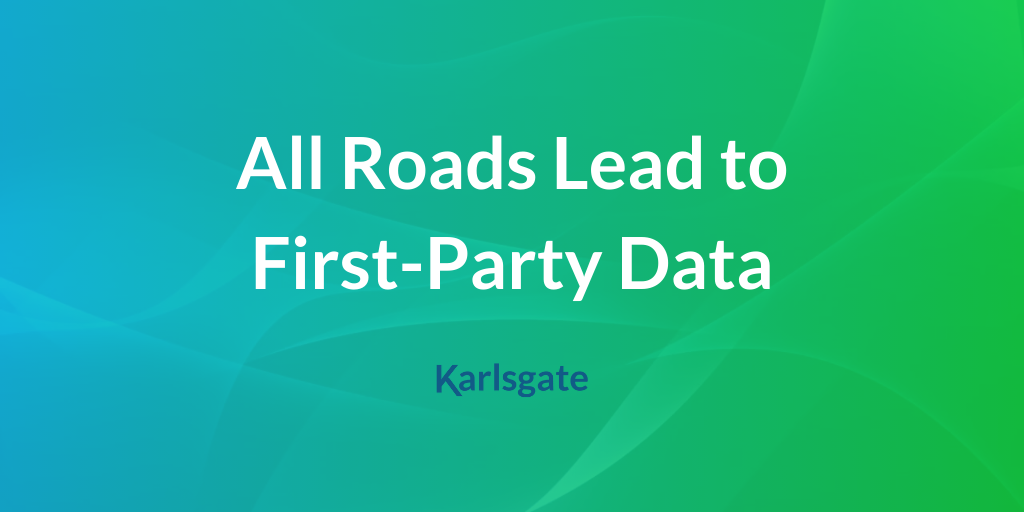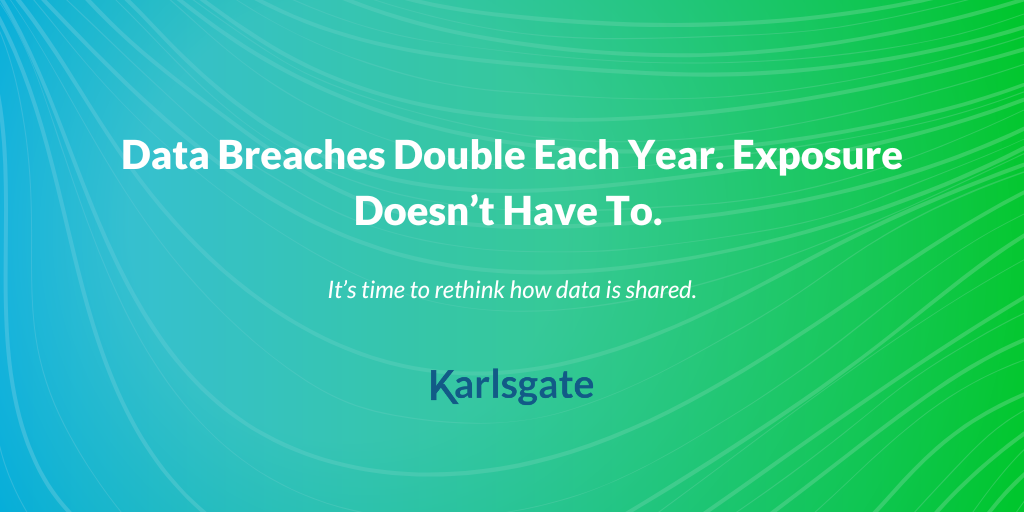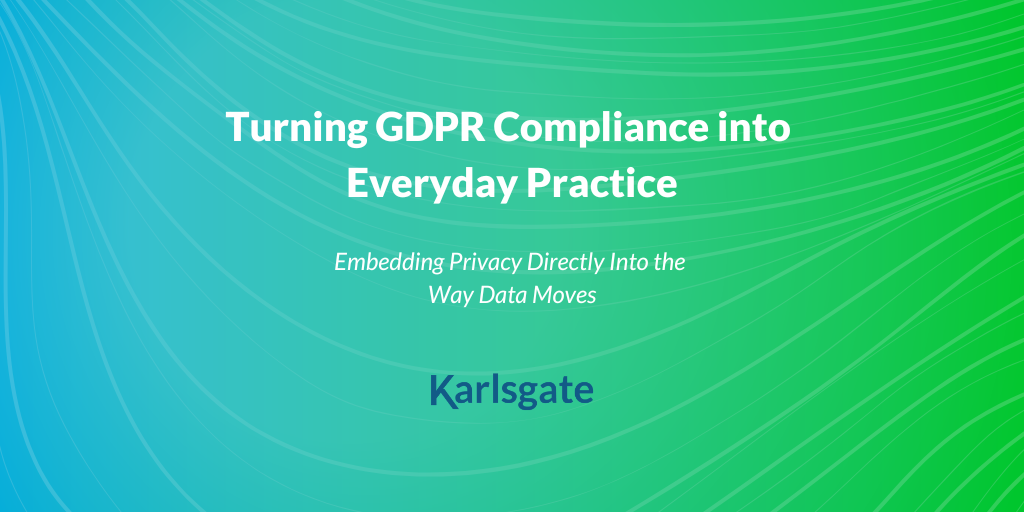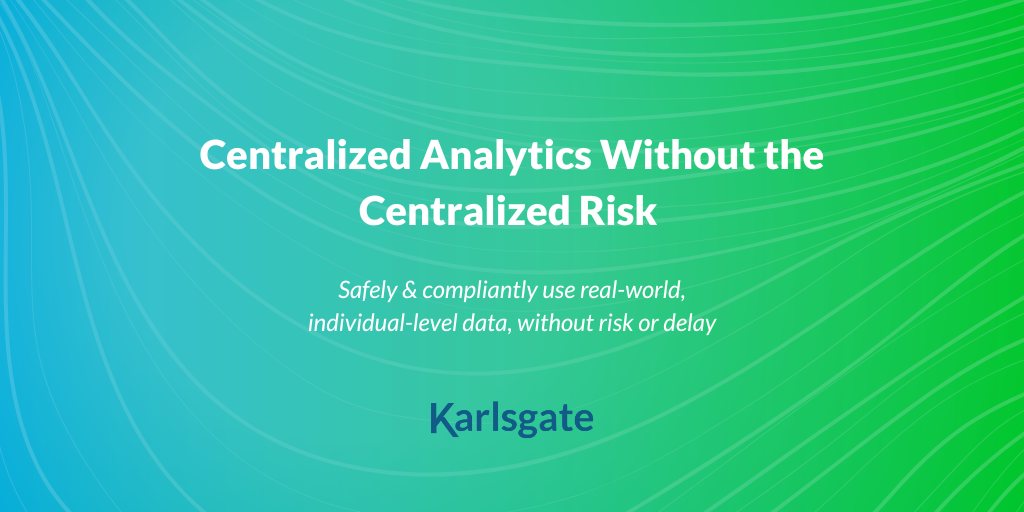Across every industry, essential data operations including matching records, sharing insights, and activating analytics are under pressure.
Organizations are under more pressure than ever to connect data across sources, systems, and timelines. Whether for research, fraud detection, measurement, or training AI models, the ability to create longitudinal views of individuals is mission critical.
But the way we get there matters.
Too many systems—across both public and private sectors—default to centralizing identifiable data in order to enable collaboration. From data clean rooms (DCRs) to interagency programs like DOGE, the goal is often valid. But the method introduces unnecessary exposure, loss of control, and elevated compliance risk.
The trap isn’t centralization itself. It’s the assumption that collaboration requires pooling raw, sensitive information to work.
It doesn't.
Centralization ≠ Control
The U.S. government’s DOGE initiative—intended to detect fraud by enabling access to interagency data—has sparked legal and public backlash. Why? Because it reveals what happens when sensitive data is centralized without sufficient control, transparency, or limits on use.
DOGE’s method of embedding personnel across agencies and connecting access to internal databases has raised legal concerns under the Privacy Act of 1974, a law designed to limit how federal agencies collect, use, and share personal information. While the intent of the Act is to protect individual rights, DOGE exposes a larger issue: when system architecture enables unrestricted access, policy safeguards often fail to keep pace.
This isn’t just a question of who’s responsible for protecting the data—it’s about how the system itself enforces that protection.
The Privacy Act assumes that data sharing is limited, and that people in key roles will uphold that limit. But when the directive shifts toward broad data centralization, that assumption breaks down.
A change in leadership shouldn’t mean a change in privacy.
If the infrastructure made sensitive information inaccessible by default, this wouldn’t be a concern.
This isn't just a regulatory gap – it's an operational one. Protecting sensitive data can't rely solely on policies and permissions layered on top.
It requires practical, built-in protections at the workflow level.
Why Data Clean Rooms Stall Out
Data Clean Rooms (DCRs) are designed to enable safe data collaboration, and on paper, they sound promising. But in practice, many organizations find that they fall short, especially when it comes to control and scalability.
DCRs typically come with:
- High cost and technical complexity
- Long onboarding cycles
- Continued overreliance on manual engineering resources
- Opaque data flows that require trust in external platforms
Most importantly, they still require sensitive data to be copied and made accessible—often to third parties—introducing new risks by design.
Yes to Insights. No to Exposure.
DCRs rely on a trust-based model: you hand over sensitive data and hope it’s protected. But even with layered controls, the risk remains.
Protected data pipelines eliminate that risk by removing the need to share PII at all.
With Karlsgate, data is transformed before it ever leaves your environment. No personal identifiers are ever transferred. There are no third parties involved who need to manage, store, or secure your sensitive data. Collaboration takes place through cryptographic protocols that protect privacy while enabling real results.
Clean rooms don’t reduce risk.
They create more of it by expanding access to sensitive data.
Karlsgate makes safe collaboration possible.
If you want to know how it works under the hood, see how Karlsgate’s protected data pipelines work.
The Bottom Line
Collaboration and analytics don’t require compromise. Centralizing de-identified data to generate insights is powerful and necessary. But centralizing identifiable data, especially under third-party control, creates risk that’s no longer acceptable.
Many organizations have focused their efforts on building strong governance and compliance programs—and those efforts matter. But as data ecosystems grow more complex, it’s becoming clear that policy alone is not enough.
What’s needed now are solutions that embed protection into the data workflows.
Get involved in transformational projects that demonstrate the revenue potential of data, trim operational costs, and reduce quantifiable risks.
Don’t make policy and oversight your only deliverable.
Want to see how protected collaboration works in the real world?
Explore our use cases and testimonials to see how teams are solving complex data problems—without exposing personal data.
Try it yourself with our self-guided POC. In less than 25 minutes, you’ll see how protected data pipelines eliminate exposure without sacrificing speed, scale, or insight.
Want more? Download the whitepaper or explore our video library for short explainers and deeper dives.
About Karlsgate
For executive leaders concerned about balancing data security with the demand for data across all facets of the business, Karlsgate offers a robust, easy-to-implement solution. Protect your data from risks and breaches while seamlessly accessing it for critical initiatives. Secure and maximize your data's potential with Karlsgate.







